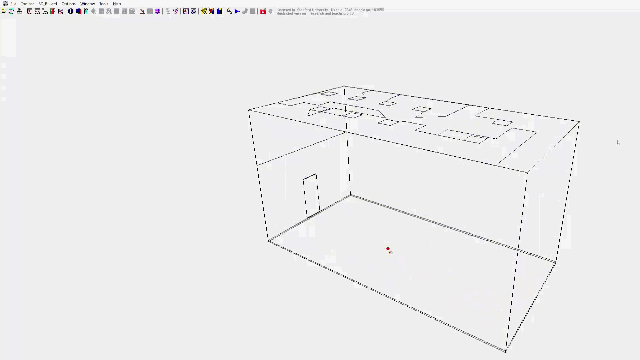Image Method
The image method, developed by Jeffrey Borish at CCRMA in the 1980s, approximates the room impulse response between a source and listener by generating a set of virtual sources or “images“ representing the effect of reflecting surfaces on the actual source. The approximation is valid when the wavelength of sound considered is significantly less than the dimensions of the reflecting surfaces modeled. It is used to compute early reflections from large, flat surfaces in a space.
The method may be described by considering that the sound field created by a single source in the presence of an infinite reflecting surface is equivalent to that created by two sources, the original source and an “image“ source positioned and oriented by reflecting the original source hrough the surface. In an enclosed space, the set of virtual sources is formed by first reflecting the source through each of the reflecting surfaces comprising the space. In turn, each of these first-order source images is reflected through each of the reflecting surfaces that has its interior facing the generating virtual source to generate second-order source images. This process is repeated to generate a cloud of image sources that is sufficiently large to produce the desired room impulse response duration.
The room impulse response is then found by summing the responses of the source and virtual sources individually. This is done by first verifying whether each of the image sources is visible to the listener, and then delaying and scaling an impulse emitted by each visible image source according to its distance to the listener, applying any source radiation and listener antenna patterns, and filtering the processed pulse according to the materials properties of the reflecting services encountered between the virtual source and listener.
The racquetball court is a case for which the image method is expected to produce a good approximation to the measured impulse response. And in fact, the impulse responses generated by the image method closely match the early reflection timing and late field energy profile of the measured impulse responses.
Diagram illustrating the modeling of a reflection in the image method as a seperate virtual source

